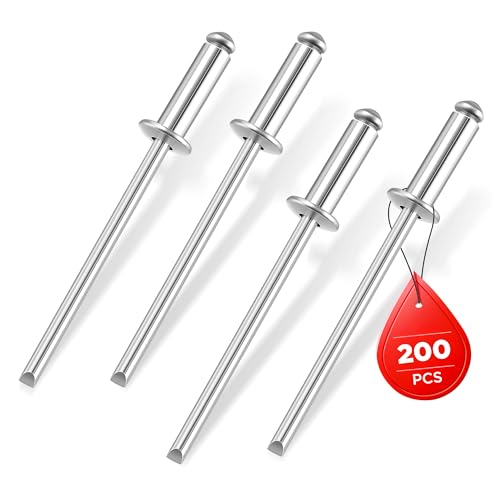Ranchero50
Well-known member
Any one know of any FAQ pages for best practices on marine wiring? My dad has a really good book by Nigel Caldor on it, but it's at his place and I'm working towards the wiring here and I think it would be a great help for guys on this forum.
Wire sizes, splices, bonding, fuses etc.
I know the wiring should be tinned, not bare.
Jamie
Wire sizes, splices, bonding, fuses etc.
I know the wiring should be tinned, not bare.
Jamie






















































